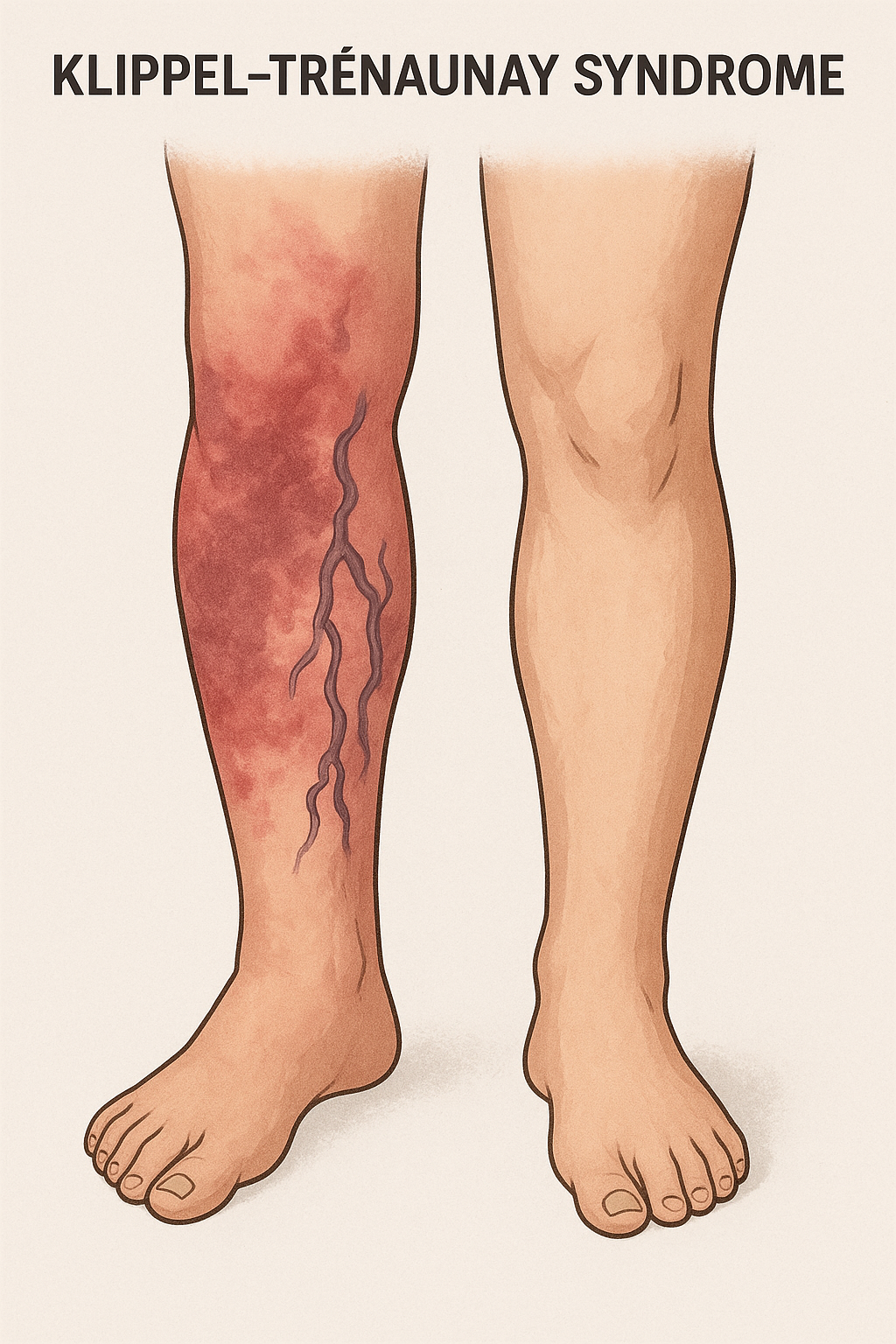If you are considering treatment for venous insufficiency, it is crucial to prioritize an ultrasound Doppler scan before proceeding with any interventions. This diagnostic test plays a pivotal role in evaluating the underlying causes and severity of the condition, ensuring that the treatment plan is tailored to your specific needs. In this article, we will explore in detail why an ultrasound Doppler scan is necessary before undergoing venous insufficiency treatment and how it aids in determining the most effective course of action.
Understanding Venous Insufficiency
Venous insufficiency is a condition characterized by compromised blood flow in the veins, typically in the legs. It occurs when the valves within the veins fail to function adequately, leading to blood pooling, swelling, pain, and other discomforting symptoms. To provide appropriate treatment and address the root causes of venous insufficiency, a thorough understanding of the venous system's anatomy and functionality is essential.
What is an Ultrasound Doppler Scan?
An ultrasound Doppler scan is a non-invasive diagnostic imaging technique that utilizes sound waves to produce detailed images of blood vessels and assess blood flow. This procedure is commonly employed to evaluate the veins in the legs and diagnose various venous conditions, including venous insufficiency. During the scan, a skilled technician or radiologist uses a handheld device called a transducer to transmit high-frequency sound waves into the legs. These sound waves bounce back off the veins and are then converted into images that can be analyzed by healthcare professionals.
The Importance of an Ultrasound Doppler Scan
There are several compelling reasons why an ultrasound Doppler scan is crucial before undergoing venous insufficiency treatment:
1. Accurate Diagnosis and Evaluation
An ultrasound Doppler scan provides healthcare professionals with a comprehensive evaluation of the venous system, enabling them to make an accurate diagnosis of venous insufficiency and assess its severity. The scan allows for the identification of valve dysfunction, the detection of blood clots or blockages, and an overall assessment of the condition of the veins. By obtaining precise diagnostic information, healthcare professionals can create a treatment plan tailored to your specific needs.
2. Individualized Treatment Planning
Each case of venous insufficiency is unique, and an ultrasound Doppler scan plays a crucial role in developing an individualized treatment plan. By accurately identifying the underlying issues contributing to venous insufficiency, healthcare professionals can recommend the most appropriate treatment options. Whether it involves conservative measures, such as lifestyle changes and compression therapy, or more advanced interventions like endovenous ablation or sclerotherapy, the scan results guide the decision-making process, ensuring that the chosen treatment targets the specific problem areas effectively.
3. Assessment of Treatment Suitability
An ultrasound Doppler scan helps determine the suitability of different treatment modalities for venous insufficiency. By providing detailed insights into the condition of your veins, the scan enables healthcare professionals to assess whether conservative measures alone are sufficient or if more advanced interventions are required. This assessment ensures that the selected treatment aligns with your unique circumstances, maximizing the chances of successful outcomes and minimizing the risk of complications.
4. Monitoring Treatment Progress
Following venous insufficiency treatment, regular ultrasound Doppler scans are performed to monitor the progress and effectiveness of the intervention. These follow-up scans allow healthcare professionals to assess the results of the treatment, identify any residual issues, and make necessary adjustments if required. Monitoring progress through scans ensures that the treatment is on track and helps optimize the overall outcome, providing you with the best possible results.












